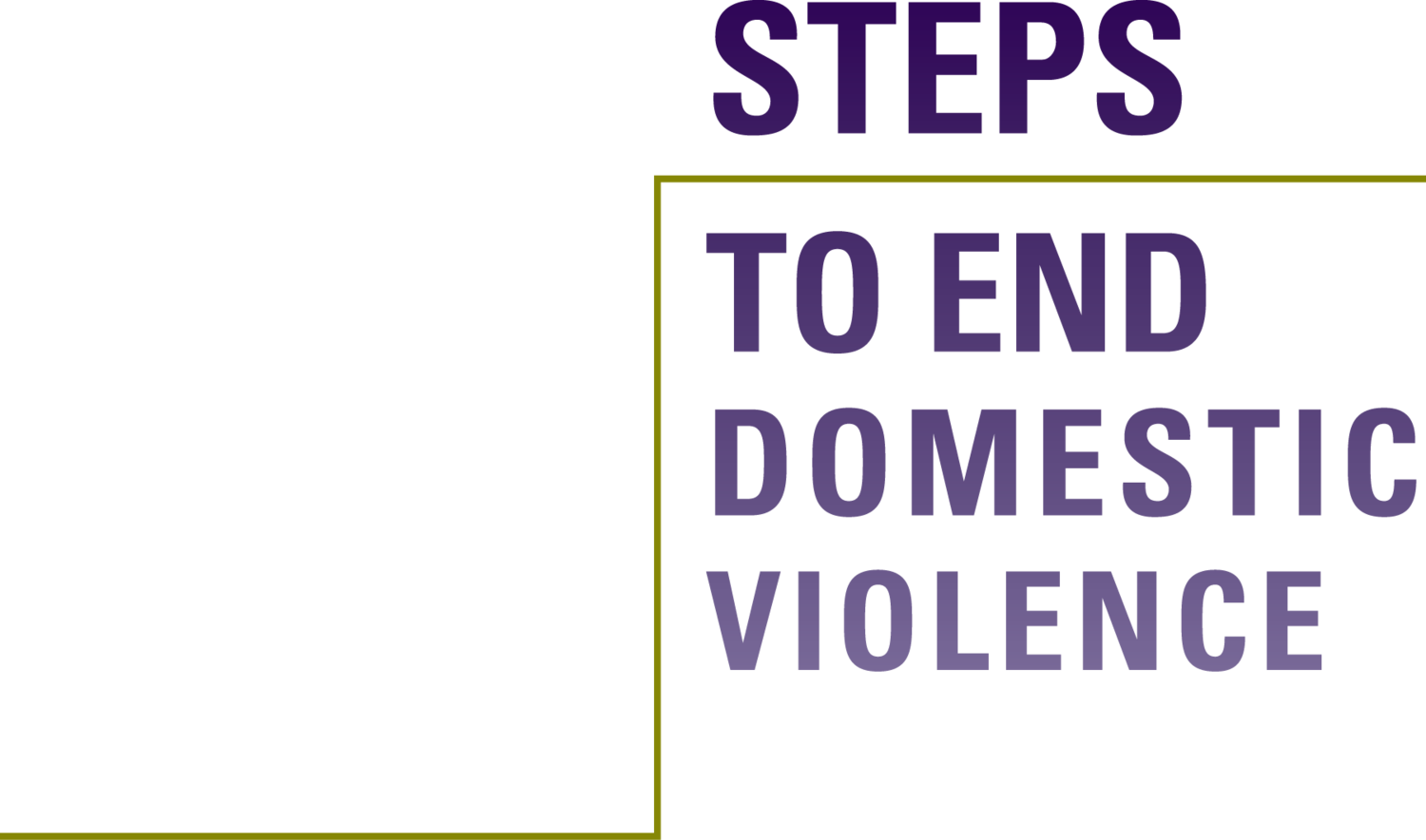The following piece was written by a survivor of domestic violence to educate others about the dangers of strangulation within intimate partner relationships. Please note potential triggers.
Things got physical again, this time it was a little different, or maybe it was something that had happened before. During the struggle he grabbed your neck, it scared you- you were worried that you may die. You don’t think you passed out, and he said he only choked you a bit, there were no marks afterwards- so maybe he was right, you over-reacted? You feel like there is no reason to call the police or go to the hospital- if there are no marks then there is no injury, and no one would believe you anyways, right? Your throat is a little hoarse, but it only lasts that way for a bit. Just like previous times, he apologizes, and you believe him that it won’t happen again. Like millions of other victims who have gone through similar situations, you let it go…but what you don’t know, could very well end up killing you.
Through strangulation, a strong message can be portrayed by the abuser. Most victims fear for their lives, yet when the abuser lets go, the victim is often assured that if the abuser wanted to kill them he would have. Strangulation is one of the most dangerous forms of control in a domestic violence relationship. The abuser is able to prove to the victim that not only do they have control over their lives, but over every breath they take. They have the ability to take the victims life, and the fear and risk often creates a submissiveness in the victim that encourages the abuser to continue to use the tactic in future incidents.
What most victims don’t know, is that when an abuser grabs their neck, puts them in a choke hold, or covers their mouth so they are unable to breath, they are being strangled, not choked. Choking happens from inside, when you choke on food or a foreign object, it blocks your passage of breathing. Once the object is out, you can breathe again, with little difficulties. However, strangling also stops the ability for air to escape your body, but includes many more risks, ones that can occur long after the strangulation ends.
Often one of the first things victims (and abusers) do after a physical incident is check for injuries. However, only 50% of those that have been strangled show any sign of external injuries, and of those 50% that do, 15% of them can’t even be seen using a camera. Those that do show visible signs have neck bruising or “Petechiae spots” (small spots that can show on the victim’s neck, earlobes, and scalp). Often these are so light or hidden from view that they are rarely noticed. The lack of marks give both the victim and the abuser a false sense of risk and potential injury. So many people believe in the fact that if you can’t see something, then it isn’t serious.
It is the internal impacts of strangulation that most victims, and even trained first response professionals are not aware of. According to the National Domestic Violence Hotline, some common symptoms of strangulation include; a sore or hoarse throat, difficulty breathing, ringing ears, dizziness, nausea, agitation, PTSD, sleep problems, and vision problems (temporary or permanent). In addition, the lack of oxygen can cause miscarriages, loss of consciousness, memory loss, incontinence (meaning that your organs have begun to fail), injuries to your larynx or arteries- which can lead to dissected arteries, blood clots, stroke, and ultimately immediate or delayed death.
Non-fatal strangulation is becoming an important topic of medical research, professional training, and legal changes. The National Domestic Violence Hotline says that 1 out of 4 women will experience domestic violence within their lifetime, out of those- 67% will experience non-fatal strangulation. Loss of consciousness and death can occur within minutes, making strangulation one of the biggest predictors of domestic violence homicide. Victims are ten times more likely to die by the hands of their abuser, once a victim is strangled, it is common for the strangulation to continue and worsen. Victims rarely seek or are able to seek medical attention after being strangled, resulting in irreversible injuries and increased fatalities. It is imperative that all victims, regardless of the lack of visible wounds find a way to seek medical attention, and explain all details and symptoms of the strangulation.

